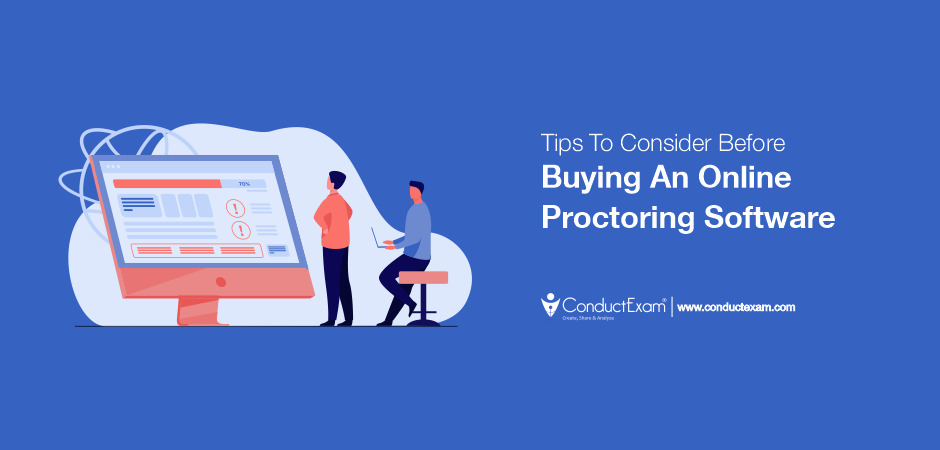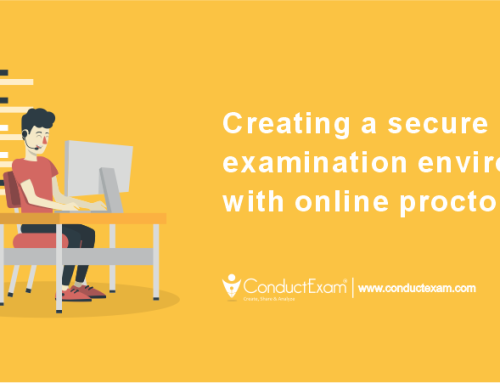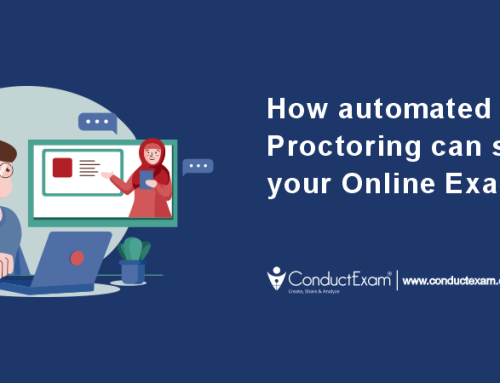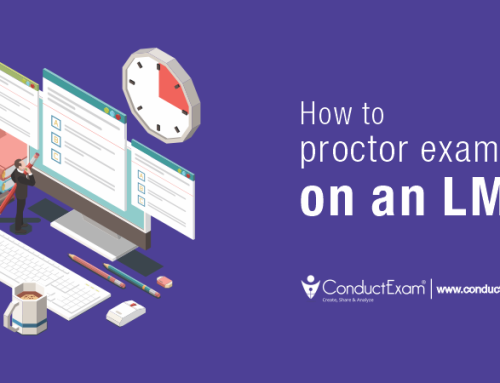Introduction
With the shift towards online education and remote learning, the need for online proctoring software has increased significantly. Online proctoring software can help maintain academic integrity and prevent cheating during online exams.
Online proctoring solutions are not cheap. Most of the time, they come with their own Learning Management Software. But those coming without any LMS have some complexity when connecting with existing LMS software. That is why, before buying any proctoring software, you have to do a lot of research about compatibility and the usage of the software.
Those who don’t know about LMS software read our blog. What is LMS? Why should one use LMS?
However, with so many options available, it can be challenging to choose the right one for your institution.
Here are some tips to consider before buying online proctoring software:
Compatible with the System and Integrating
One of the essential factors to consider is compatibility. Ensure that the online proctoring software is compatible with the learning management system (LMS) used by your institution. When you buy a different proctoring system it may possible that it not working effectively with your inbuilt system.
Also, check the system requirements and ensure that they are compatible with the devices used by your students. ConductExam online computer-based software is compatible with web browsers like Chrome 8+, Firefox 3.0+, Opera 10+, and Internet Explorer 8+.
It should be able to integrate with your learning management system, student information system, and video conferencing tools.
The Software must be Reliable
It offers seamless performance during exams. Check for features like automated monitoring, 24/7 support, and uptime guarantees to ensure that the software functions correctly during exams. The software should be able to accommodate students with disabilities and provide reasonable accommodations during exams.
Security
Online proctoring software must have robust security features to prevent cheating and protect student data. Check for features like browser lock down, video monitoring, and secure data storage. The software must also comply with data protection laws like GDPR and CC PA.
User Experience
The software’s interface must be simple, else it will be challenging to learn the exam administrators as well as students.
Most remote proctoring solutions are automated. That is why every exam proctoring solution needs to be intuitive and easy to use for both students and instructors and it has easy navigation to ensure the exam organizers have full control over the software. Look for features like simple installation, clear instructions, and user-friendly dashboards.
Customization should available in Software
Different institutions have different requirements, so look for online proctoring software that can be customized to meet your specific needs. Every organization have a different approach to conducting online exam multiple-choice questions(MCQ), descriptive questions, word answers, numerical answers, true or false, puzzle solving etc. Check for features like customizable exam settings, question types, and branding.
Cost
Cost is one of the biggest factors contributing to the buying decision. It is good to invest in end-to-end software that takes care of all your tasks rather than going for a solution that makes the task more difficult to do.
Online proctoring software can vary significantly in price. Look for software that offers transparent pricing and no hidden fees. Also, consider the value for money, as the cheapest option may not always be the best.
Reputation
Before choosing an online proctoring software, check its reputation and read reviews from other institutions that have used the software. Look for software that has a proven track record and positive reviews from other educators.
Testimonials provide you with valuable insights into software features and performance.
Data Analytics (Real-Time Data)
Check if the software offers data analytics and reporting features. It should be able to provide insights into student performance and behavior during exams. This data can help you identify areas for improvement and monitor academic integrity.
One of the Online Exam Trends of 2023 is personalized learning. It can improve the exam experience and outcomes. Where the exam adjusts the difficulty level of the questions based on the test-taker’s previous responses.
Support and Training
Before choosing an online proctoring software, check if they offer adequate support and training. Proctoring software is a technology solution that’s why an excellent technical support team is necessary.
The support team can help you troubleshoot any issues or queries that arise during live exams. They should also provide training resources for both instructors and students to ensure a smooth exam experience.
Privacy and Consent
It’s important to consider privacy and consent when choosing online proctoring software. Students should be informed about the data collected during exams and give their consent before starting the exam. The software should also be transparent about how student data is used and stored.
What is the difference between online proctored and remotely proctored
Online proctored and remote proctored are two different types of exam monitoring methods used in online exams.
Online proctored exams are monitored through the use of software that captures the exam taker’s video, audio, and computer screen to detect any suspicious behavior. The exam taker is required to install the online proctoring software and follow specific guidelines and protocols during the exam. This type of proctoring is typically used in institutions where the exam taker is in a controlled environment, such as a testing center.
Remotely proctored exams, on the other hand, are monitored through the use of a live proctor who watches the exam taker through a webcam and monitors their computer screen for any suspicious activity. The exam taker is usually required to have a stable internet connection and a webcam to enable live monitoring by the remote proctor. This type of proctoring is typically used in institutions where the exam taker is taking the exam from their location, such as their home or office.
The main difference between online proctored and remotely proctored exams is the level of monitoring and the method of monitoring. Online proctored exams use software to monitor exam takers, while remotely proctored exams use live proctors. Both methods have their advantages and disadvantages, and the choice between the two depends on the specific needs and requirements of the institution and the exam.
In conclusion,
Online proctoring software is improving with the advancement of technology. However, there are many solutions available in the market. Choose the solution that stands out in the market and fulfills your needs It is crucial for maintaining academic integrity during online exams. By keeping these tips in mind, you can find the best online proctoring software that meets the specific needs of your institution.






Leave A Comment